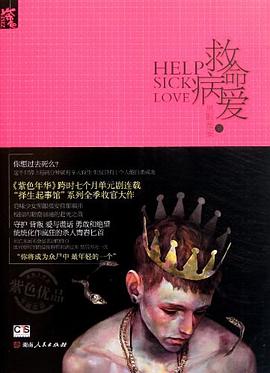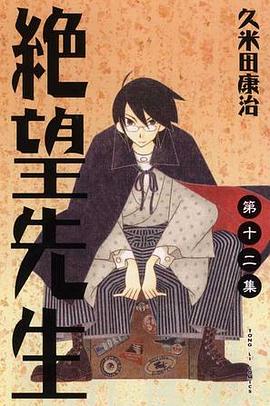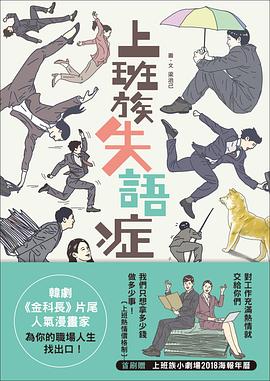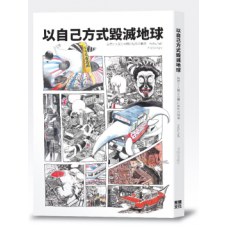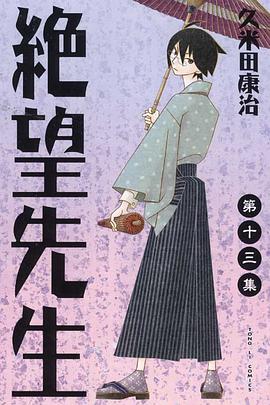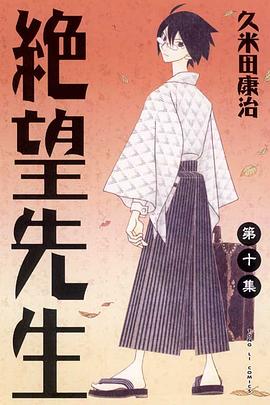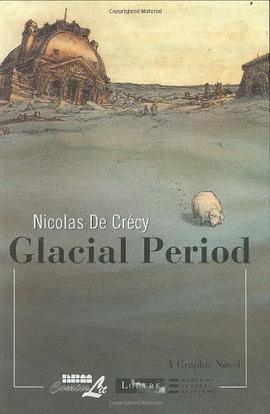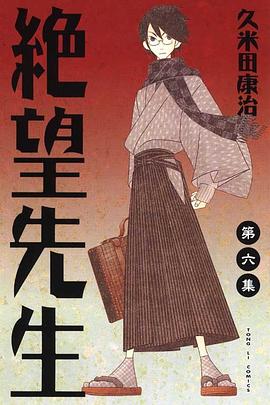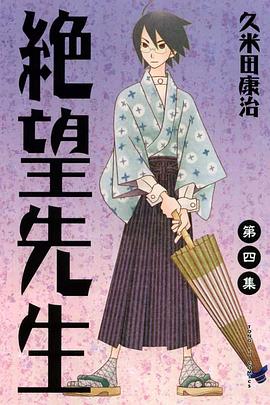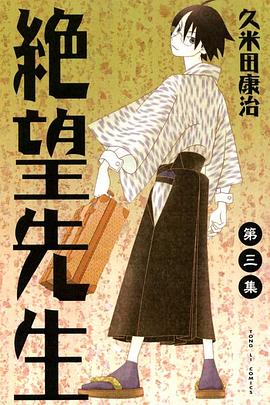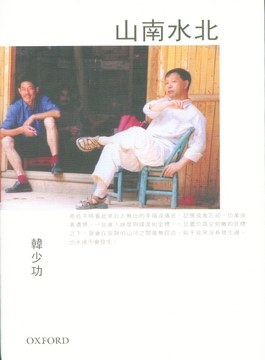

具体描述
Shigeru Ban lives and works in Tokyo, where he teaches architecture at Keio University. The current scope of his practice - houses, museums, pavilions, and other public projects on several continents - belies a relatively quiet early career in Tokyo. Following studies at the Southern California Institute of Architecture (SCI-ARC) and graduation from The Cooper Union in New York, he established his own firm in Toyko in 1985. During next decade, Ban built a following in Japan by designing dozens of unique small houses, exhibitions, and other projects using alternative, environmentally friendly materials: paper, wood, bamboo, and prefabricated paper products. Following the 1995 earthquake in Kobe, Japan, Ban responded by designing emergency temporary housing he calls Paper Log Houses, made out of paper logs, waterproof sponge tape, and beer crates that could be assembled in a matter of hours by volunteers and provided shelter for hundreds of displaced residents. Following on the success of this project, from 1995 to 2000 Ban was a consultant to the United Nations High Commission for Refugees, advising on temporary housing for displaced populations in Rwanda, Turkey, and India. He established the Voluntary Architects' Network (VAN) in 1995, an organization that continues to promote such humanitarian assistance by architects. Ban has won several awards, including the Kansai Architect Grand Prize in 1996, and Best Young Architect of the Year from the Japan Institute of Architecture in 1997. Ban's notoriety began to spread rapidly beyond Japan when he was included in the Museum of Modern Art's "Un-Private House" exhibition in 1999 with his Curtain Wall House in Tokyo, a glass-and-steel house where privacy is controlled by means of monumental, two-story-high curtains along two glass facades that can be opened or closed. The following year Ban designed his first museum project in the United States, also at MoMA: "Paper Arch," an installation of cardboard tubes in a canopy over the museum's sculpture garden. Also in 2000, he collaborated with German architect Frei Otto to design the Japan Pavilion at Expo 2000 in Hannover, a recyclable, organic-shaped structure of paper stretched over a paper tube armature. The modest names Ban gives to his projects - Paper Church, Library of a Poet, Bamboo Furniture House, Naked House - express his lack of pretense and his focus on materials and structure rather than form for form's sake. This book features 32 of Ban's most exemplary projects of the past 10 years, divided into 5 sections based on the primary materials or construction principle used: Paper, Wood, Bamboo, Prefabrication, and Skin. Each project is documented with color photographs, plans, drawings, and a brief, straightforward project description. In addition, the book contains four sections of "experimental data," or technical information, printed in red and black on gray tinted paper. These sections gather diagrams, tables, sketches, and explanatory text to document the numerous tests that Ban's office has made over the years to study the strength, performance, and structural potential of his materials. A foreword by the distinguished German architect Frei Otto, with whom Ban has collaborated for several years, introduces the book. Also included is an essay by Shigeru Ban about his work with Otto on the Japan Pavilion.
作者简介
目录信息
读后感
评分
评分
评分
评分
用户评价
这本书里有对于房屋结构等方面的测评,比较有意思
评分这本书里有对于房屋结构等方面的测评,比较有意思
评分这本书里有对于房屋结构等方面的测评,比较有意思
评分这本书里有对于房屋结构等方面的测评,比较有意思
评分这本书里有对于房屋结构等方面的测评,比较有意思
相关图书
本站所有内容均为互联网搜索引擎提供的公开搜索信息,本站不存储任何数据与内容,任何内容与数据均与本站无关,如有需要请联系相关搜索引擎包括但不限于百度,google,bing,sogou 等
© 2025 book.quotespace.org All Rights Reserved. 小美书屋 版权所有

